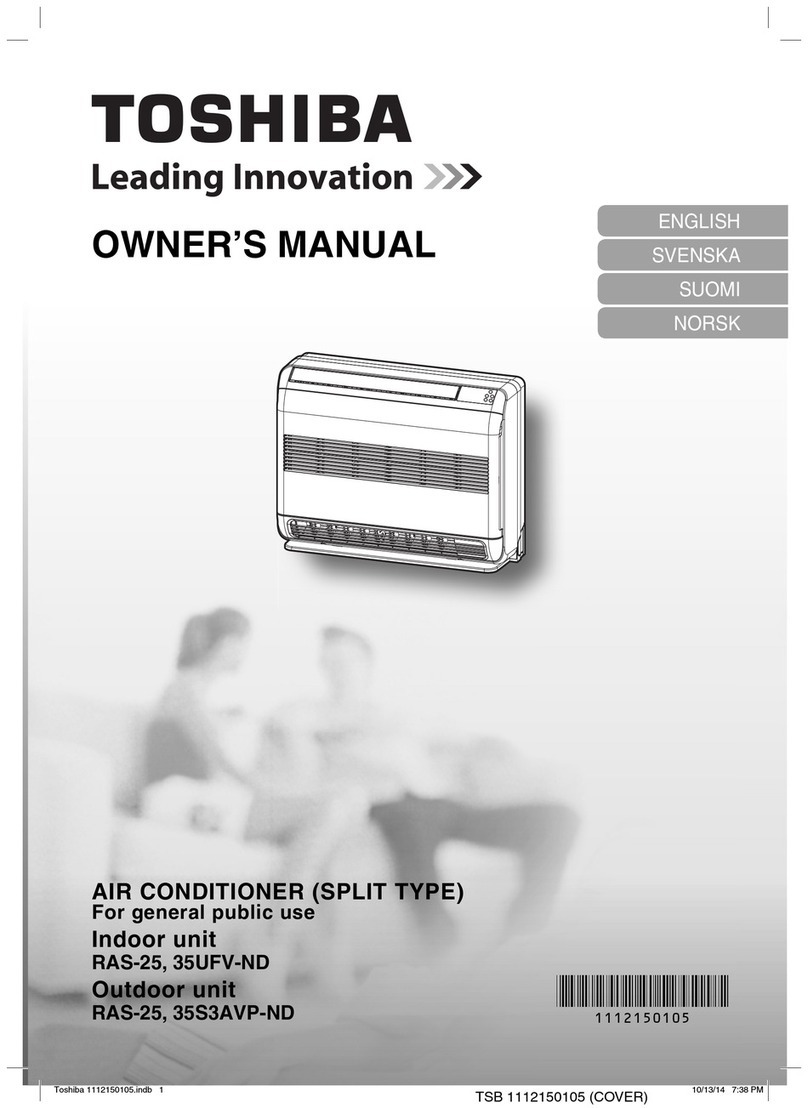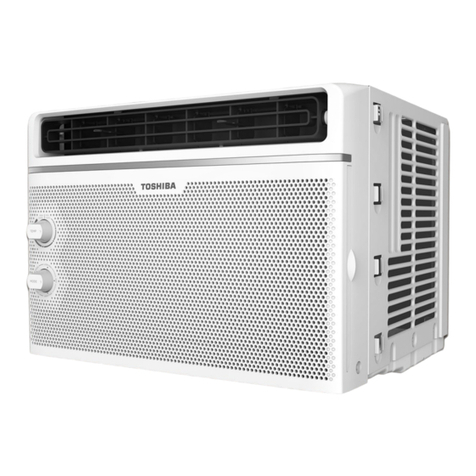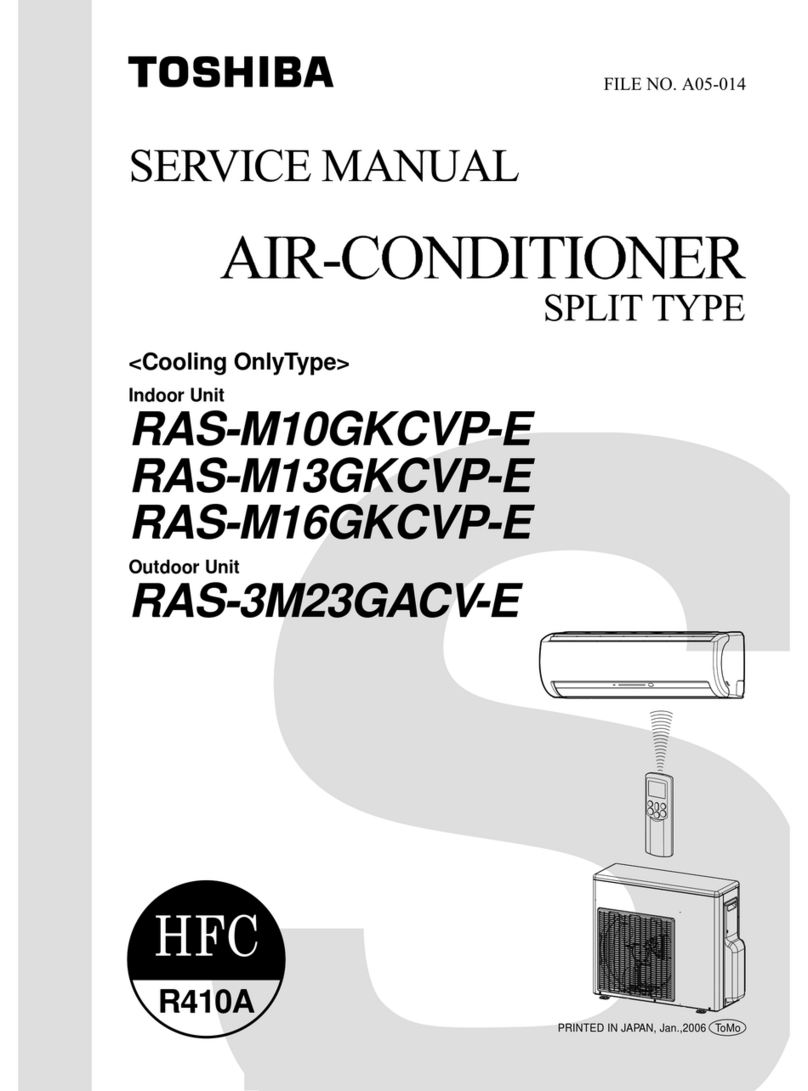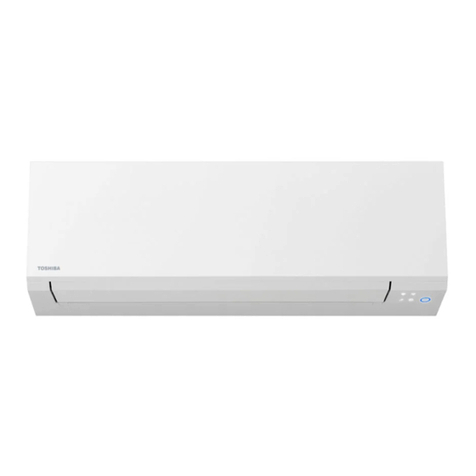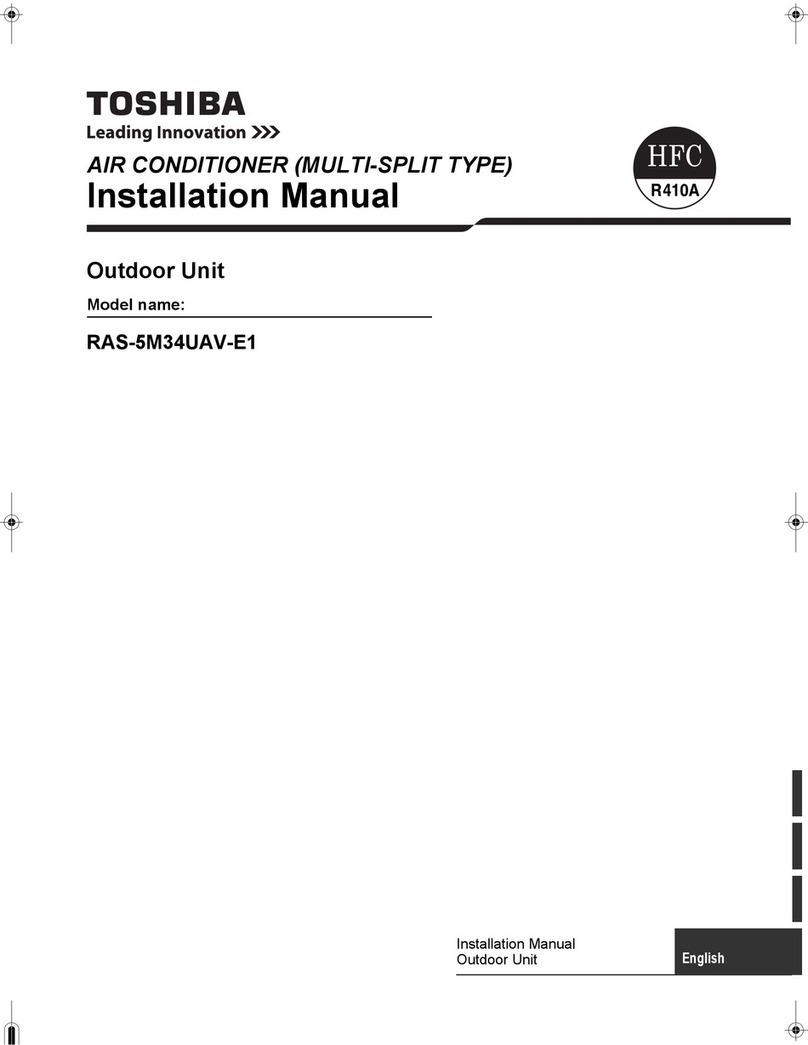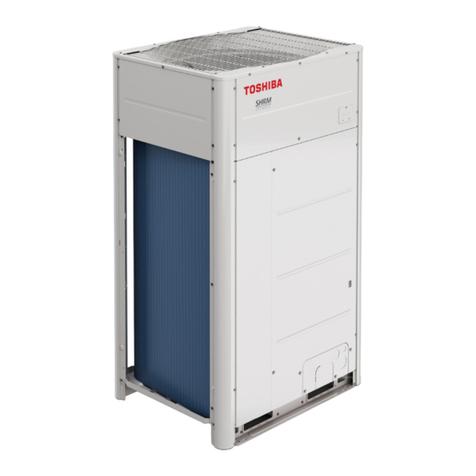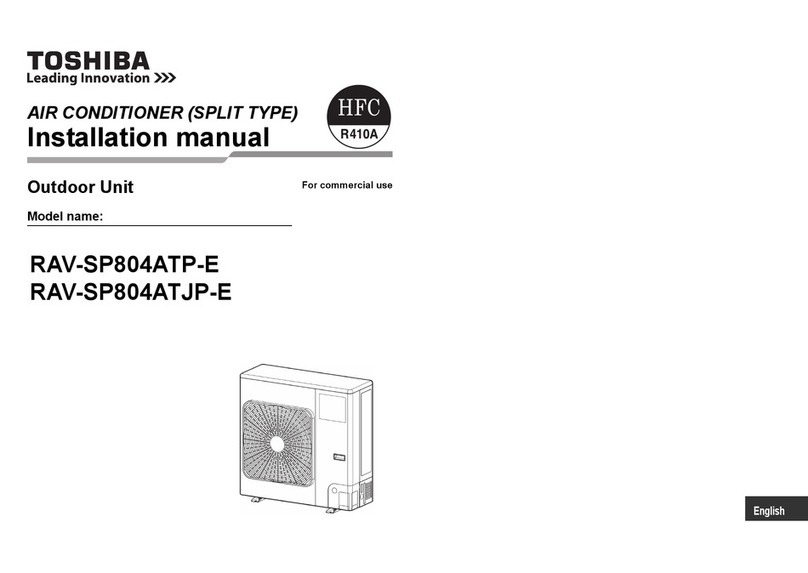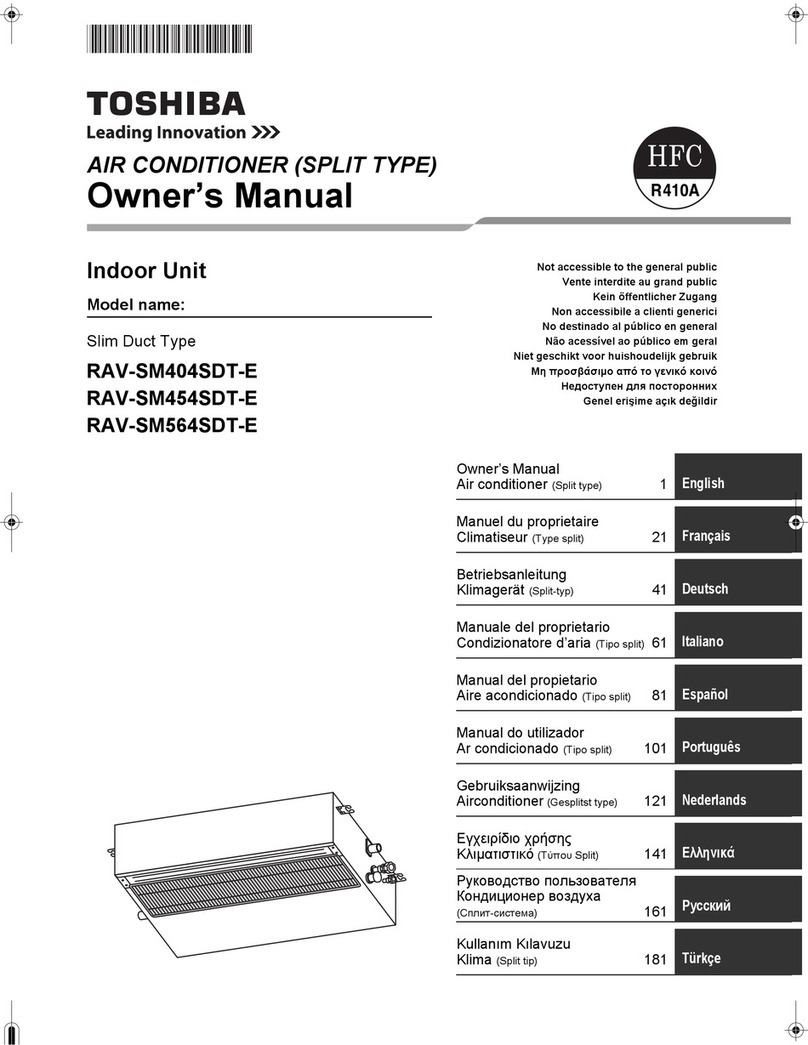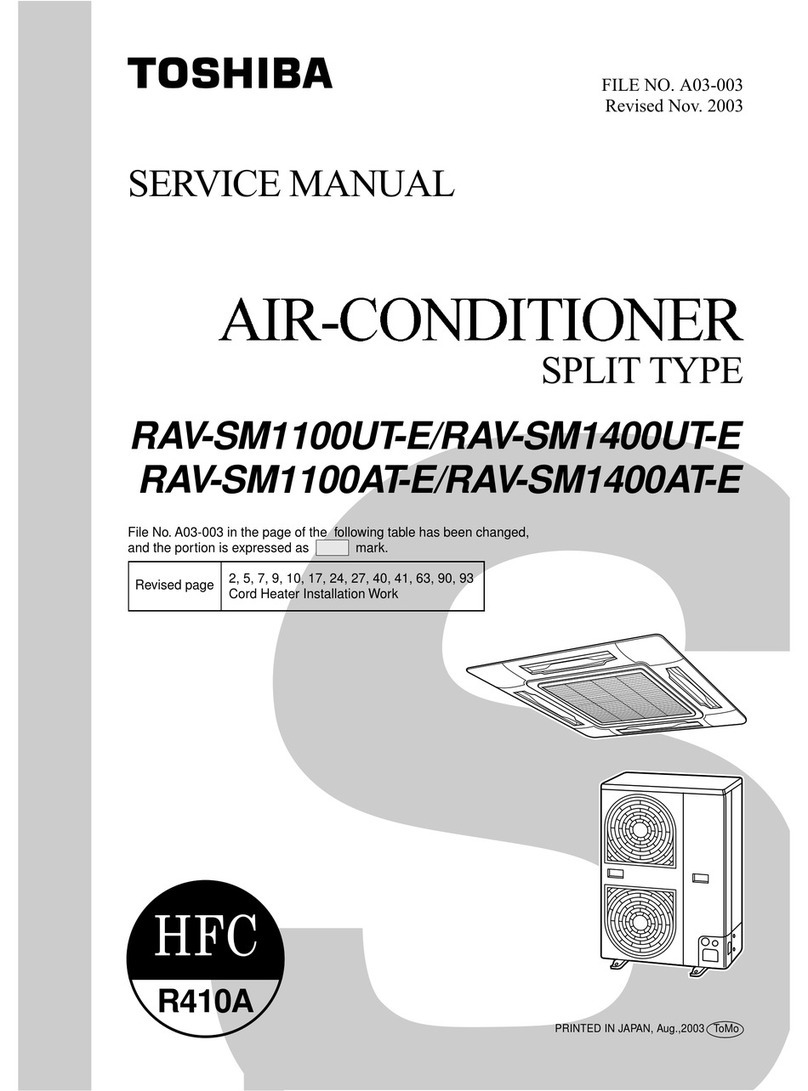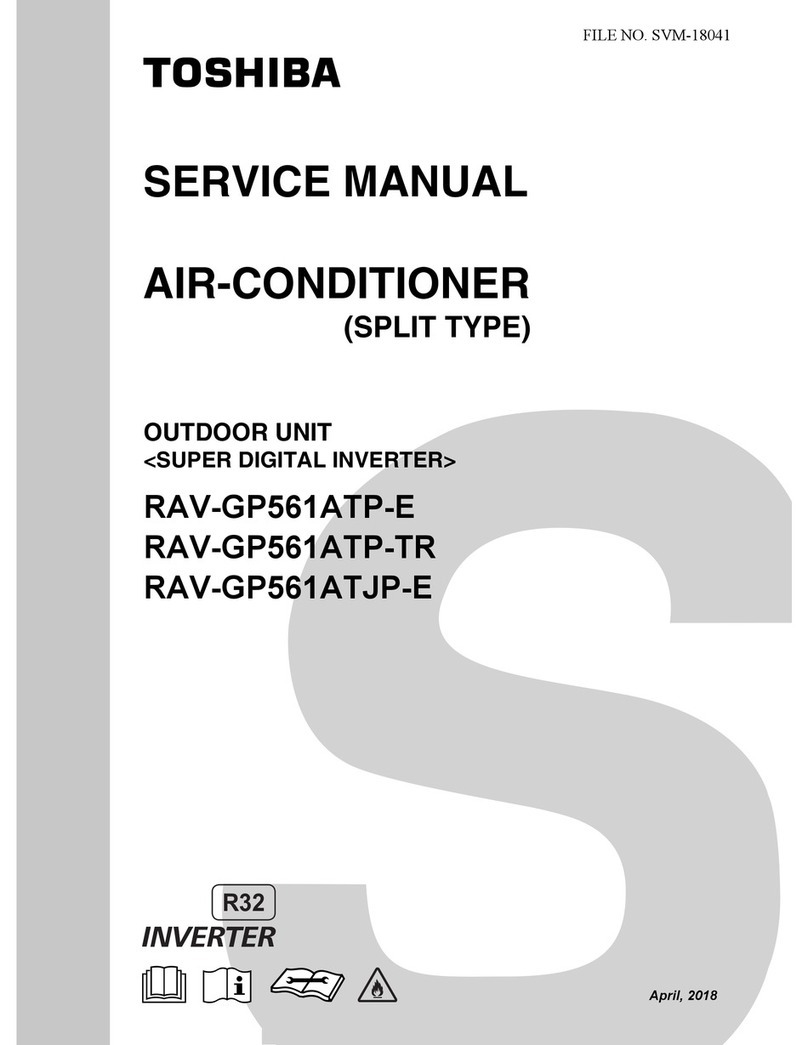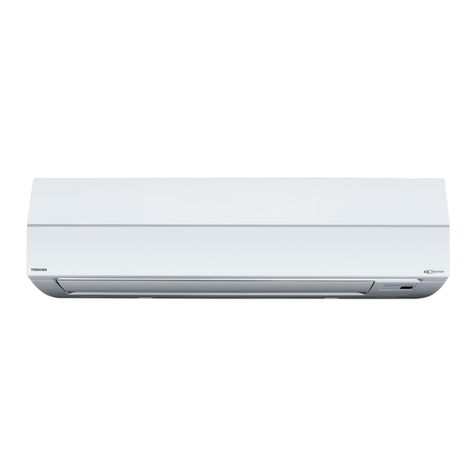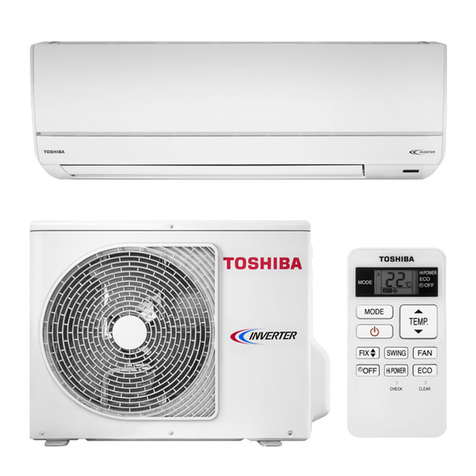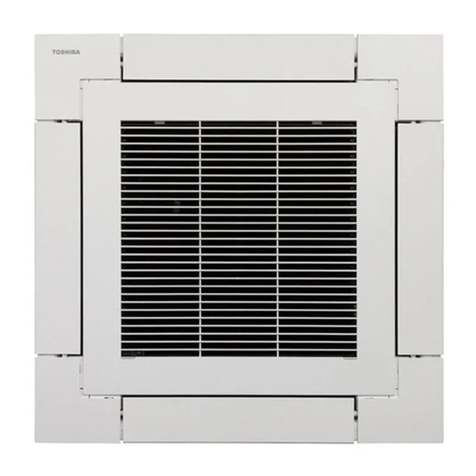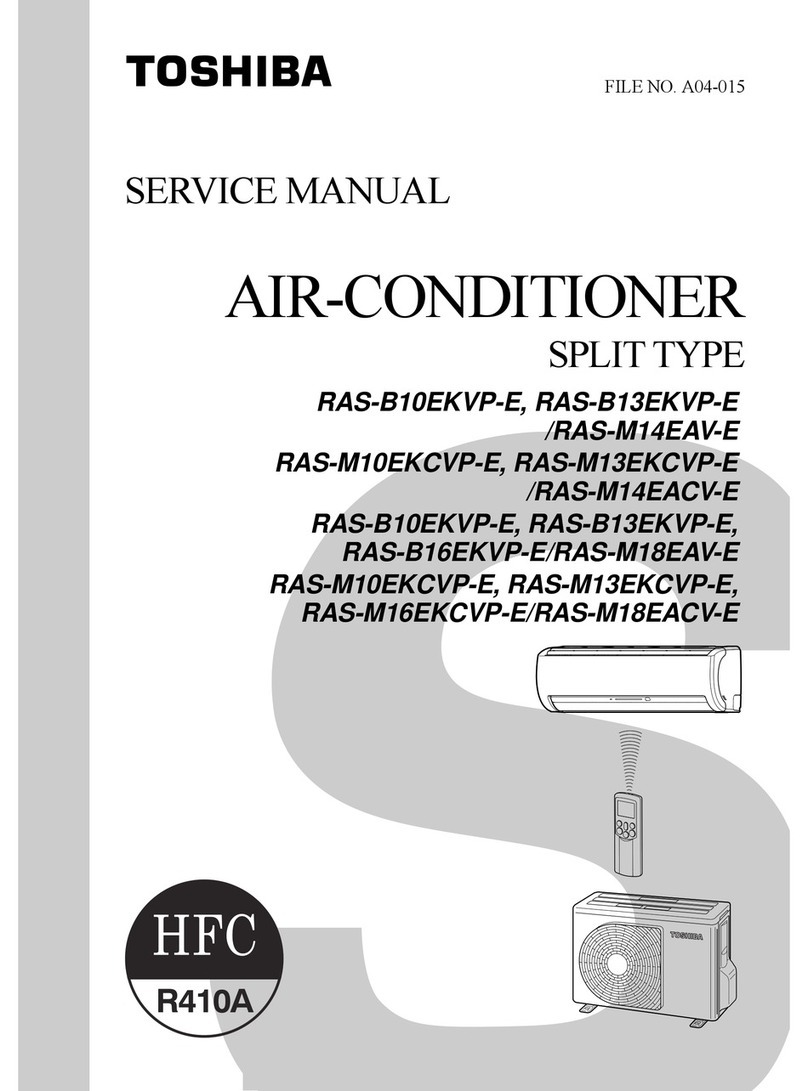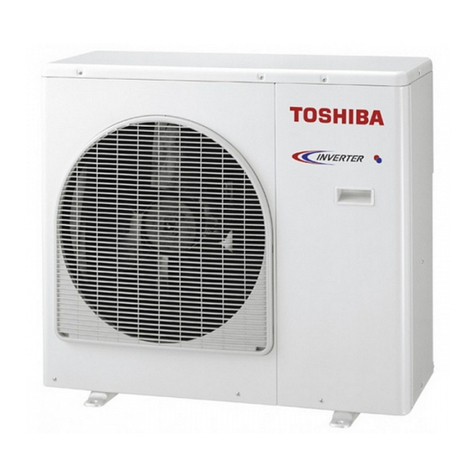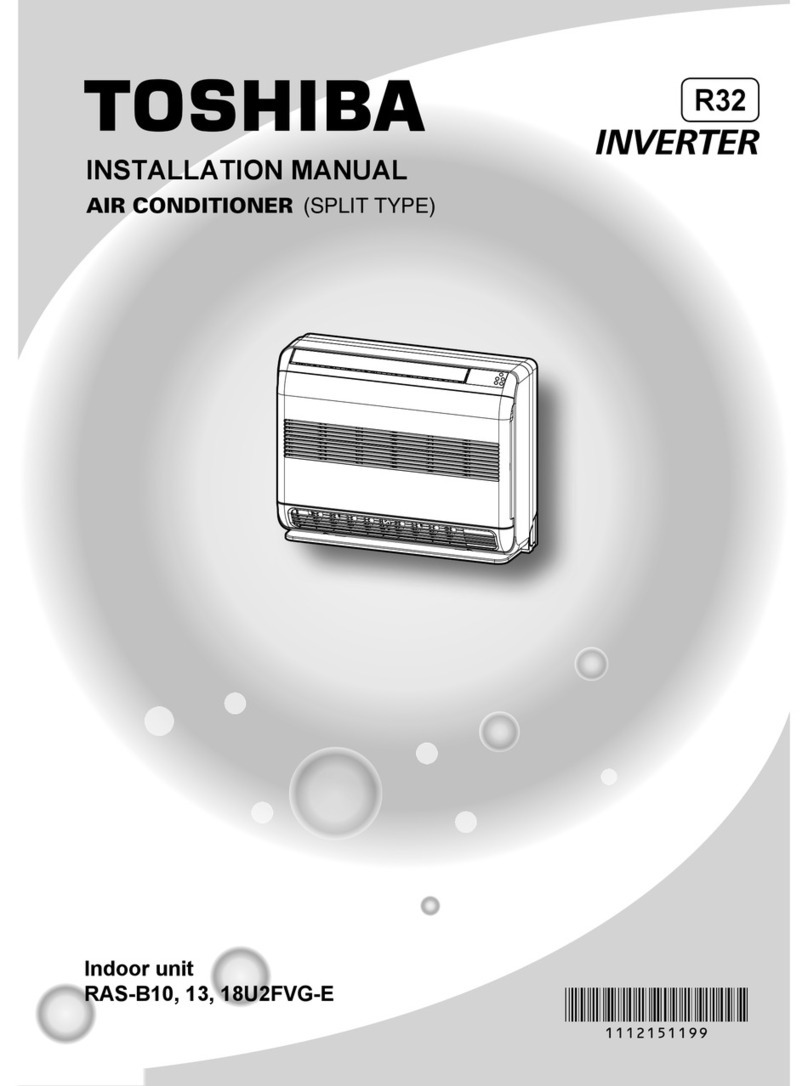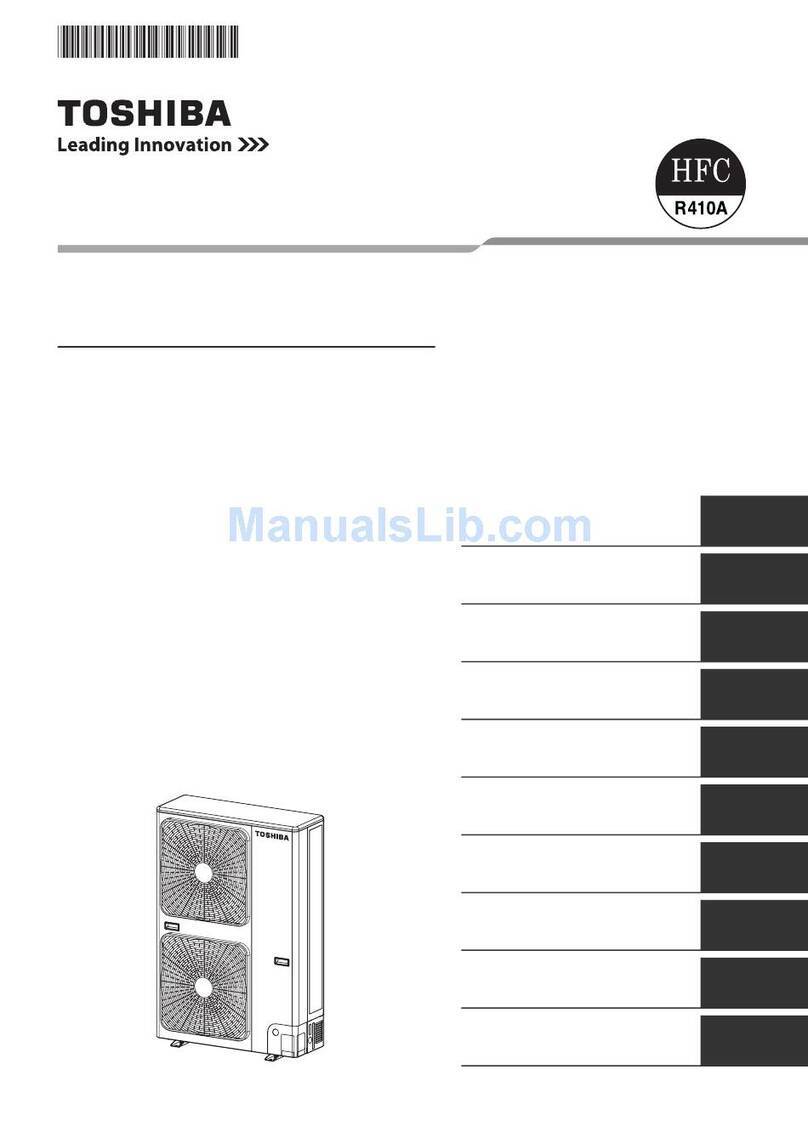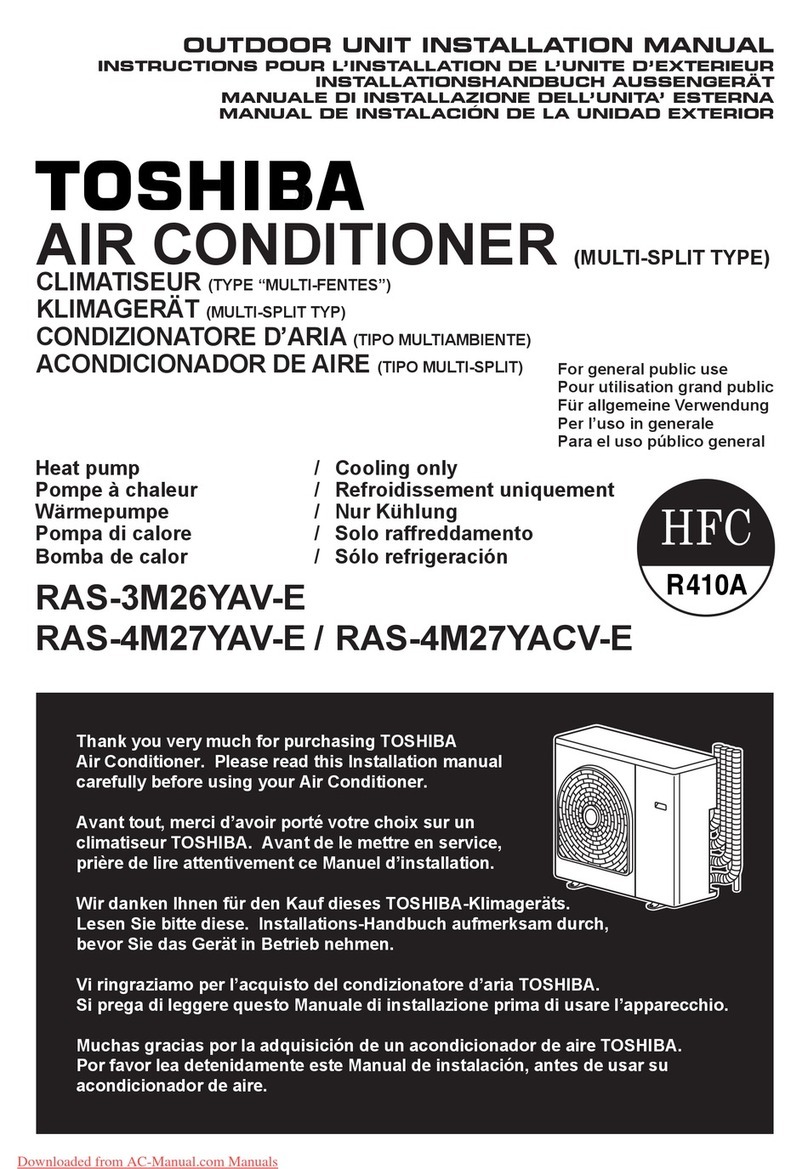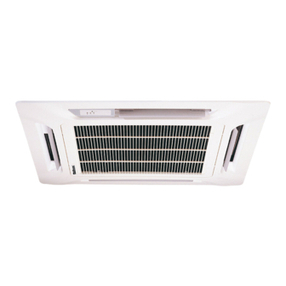
EN TR
CONTENTS İÇİNDEKİLER
PRECAUTIONS FOR SAFETY................................................1
ACCESSORY PARTS..............................................................5
INSTALLATION DIAGRAM OF INDOOR AND OUTDOOR
UNITS......................................................................................6
Optional Installation Parts.....................................................6
INDOOR UNIT..........................................................................7
InstallationPlace...................................................................7
Cutting a Hole and Mounting Installation Plate.....................7
How to Install Indoor Unit.....................................................8
Concealed Installation..........................................................9
OUTDOOR UNIT...................................................................11
Installation Place................................................................11
Precautions about Installation in Regions with Snowfall
and Cold Temperatures.......................................................11
Draining the Water..............................................................12
Refrigerant Piping Connection...........................................12
Evacuating .........................................................................13
Wiring Connection..............................................................13
Electrical Work...................................................................13
OTHERS................................................................................14
Gas Leak Test.....................................................................14
Setting of Remote Control Selector Switch.........................14
Remote Control A-B Selection............................................14
Test Operation ...................................................................14
Auto Restart Setting ...........................................................14
GÜVENLİK ÖNLEMLERİ.........................................................1
AKSESUAR PARÇALARI.......................................................5
İÇ VE DIŞ ÜNITENIN MONTAJ ŞEMASI................................6
İsteğe Bağlı Montaj Parçaları................................................6
İÇ ÜNİTE..................................................................................7
Montaj Yeri............................................................................7
Bir Delik Açılması ve Montaj Plakasının Yerleştirilmesi........7
Dış ünitenin monte edilmesi..................................................8
Gizli yalıtım...........................................................................9
DIŞ ÜNİTE..............................................................................11
Montaj Yeri..........................................................................11
Karlı ve Soğuk Bölgelerde Montaj İle İlgili Önlemler...........11
Su Tahliyesi ........................................................................12
Soğutma Maddesi Boru Bağlantısı.....................................12
Boşaltma.............................................................................13
Kablo Bağlantιsι..................................................................13
Elektrik İşleri.......................................................................13
DİĞERLERİ...........................................................................14
Gaz Kaçağı Testi.................................................................14
Uzaktan Kumanda Seçici Düğmesinin Ayarlanması...........14
Uzaktan Kumanda ile A-B Seçimi........................................14
Test İşlemi...........................................................................14
Otomatik Yeniden Başlama Fonksiyonunu Ayarı...............14
How to open the air inlet grille............................................10
How to use the heat insulation block..................................10
Hava giriş ızgarası böyle açılır............................................10
Isı yalıtım tıkacı böyle kullanılır...........................................10
1112151109.indd 2 04-01-20 8:17:42 AM
